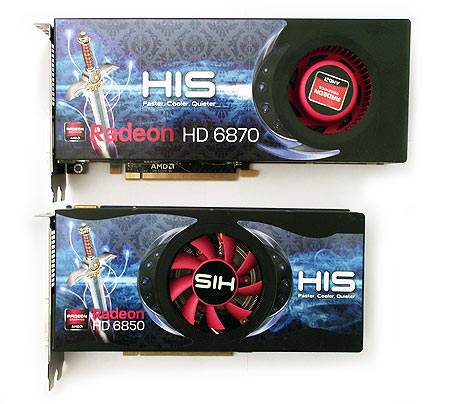In Pictures: The Best Graphics Card Values In History
Radeon HD 6850 And 6870
AMD's Barts architecture was introduced at the end of 2010. The 40 nm GPU is used in its Radeon HD 6850 and 6870, but configured differently for each. The Radeon HD 6850 has 960 shader cores, a 775 MHz core, and memory running at 1000 MHz, while the Radeon 6870 has 1120 shader cores, a 900 MHz core, and 1050 MHz memory. Both models share a 256-bit memory interface, and both use GDDR5 graphics RAM.
Those specifications beget impressive performance, and the Radeon HD 6850's $180 price tag quickly made it the sub-$200 card to beat. Nvidia followed with price reductions on the similarly-performing GeForce GTX 460 1 GB, and both competing cards continue battling at $160.
The faster Radeon HD 6870 began its life at $240, which was impressive considering its very GeForce GTX 470-like performance. At the time, Nvidia's card went for $300. Of course, that number was reduced in order to compete. While the GTX 470 was retired a while ago, Nvidia recently introduced the GeForce GTX 560 to keep pressure on AMD's Radeon HD 6870. Today, both products fight for the $180 market. Sub-$200 performance has never been this impressive.
That's All For Now, Folks!
Here we are at the end of our journey, having passed through the history of the most notable sub-$200 graphics card values. The best part is that new cards keep getting added to this prestigious list with greater frequency. As every new generation of products is released and prices are reduced on the old ones, we keep getting better deals. It's probable that many of today's high-priced products like the Radeon HD 6950 and GeForce GTX 560 Ti will qualify for this list in the near future. Things only get better for budget performance enthusiasts in the PC world.
Get Tom's Hardware's best news and in-depth reviews, straight to your inbox.
Don Woligroski was a former senior hardware editor for Tom's Hardware. He has covered a wide range of PC hardware topics, including CPUs, GPUs, system building, and emerging technologies.
